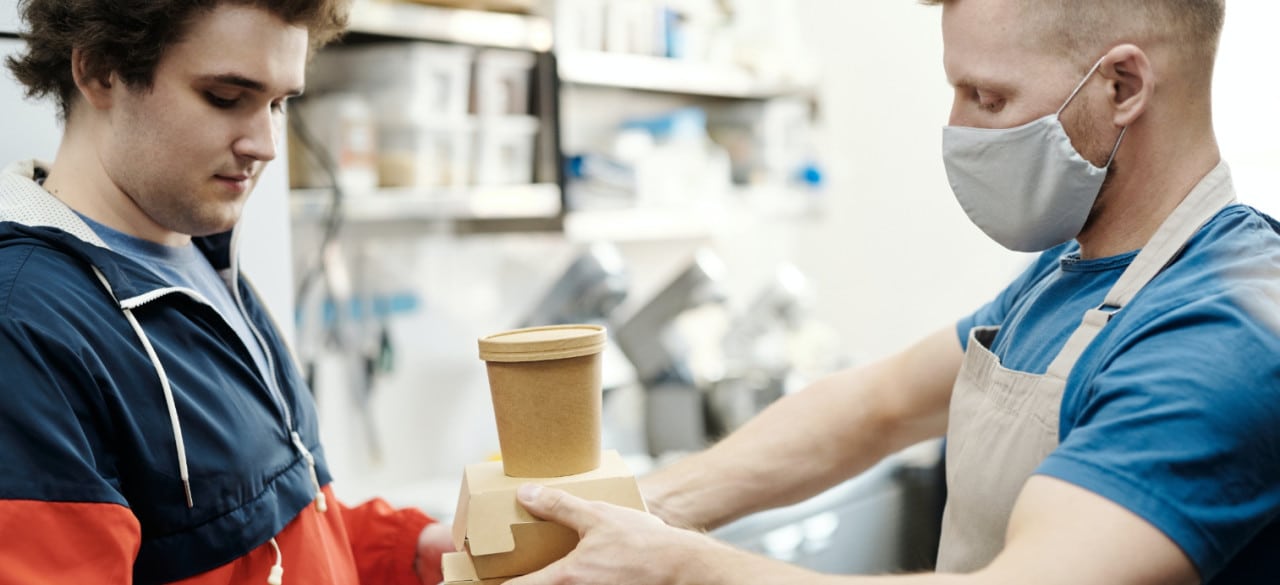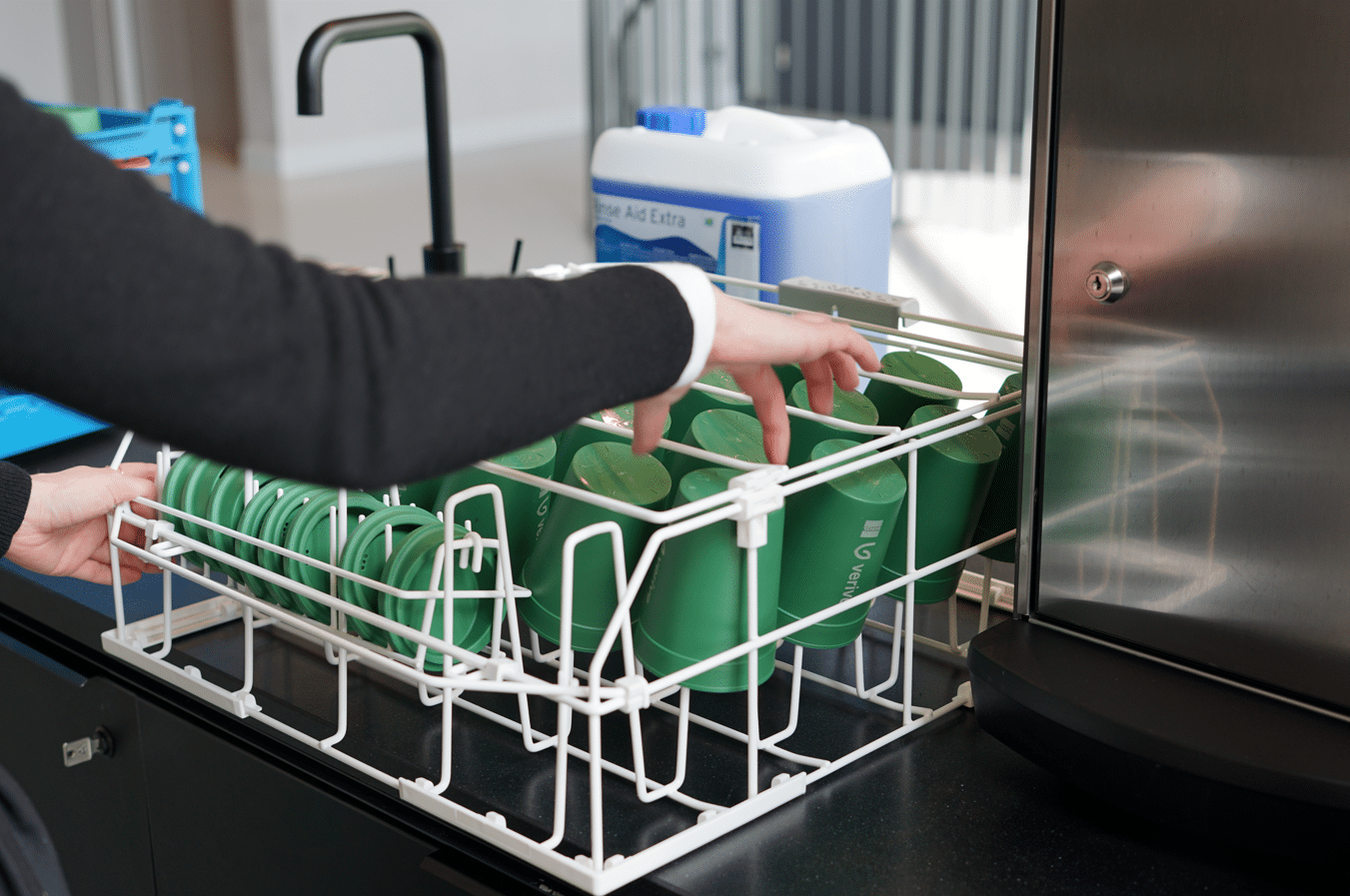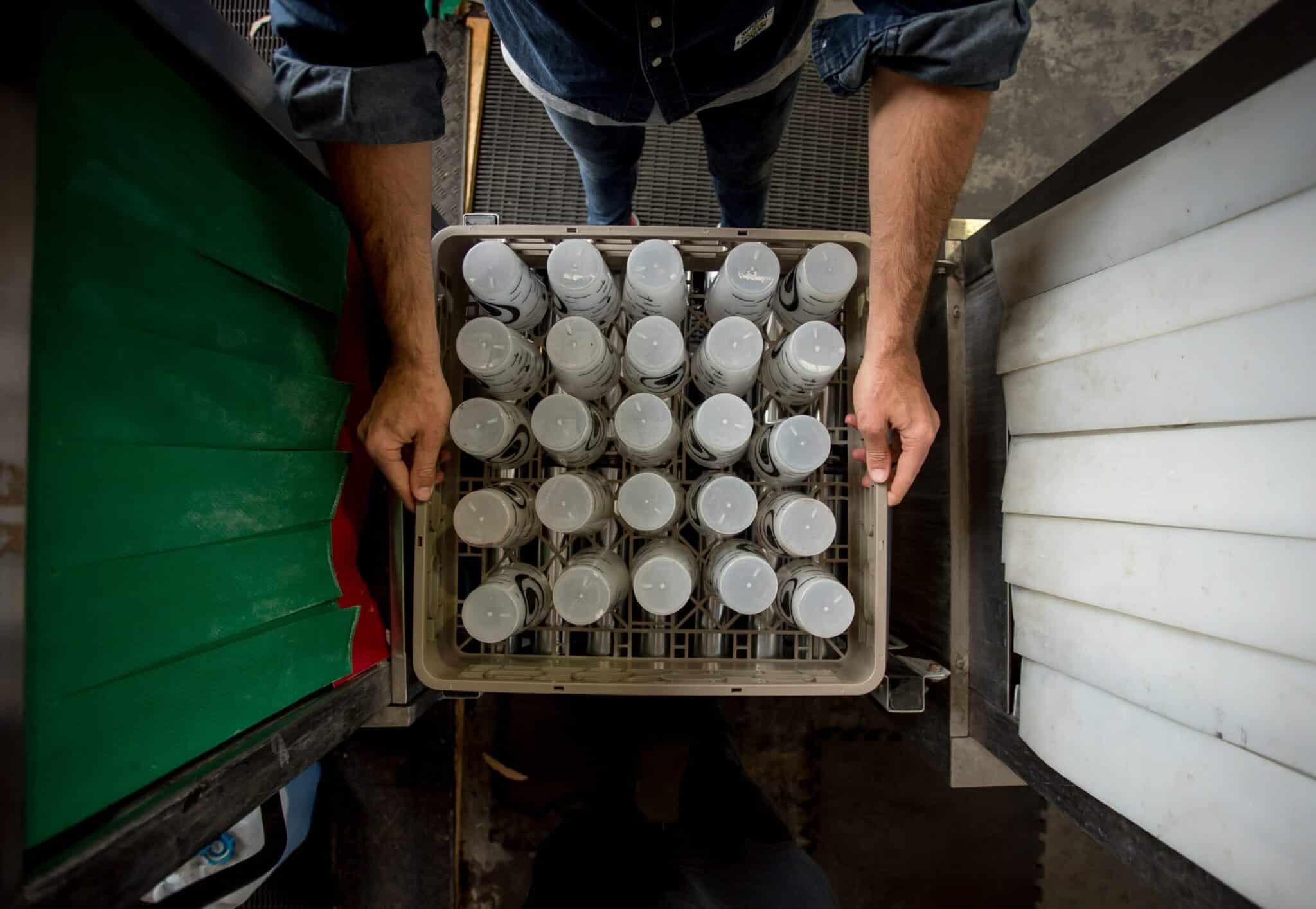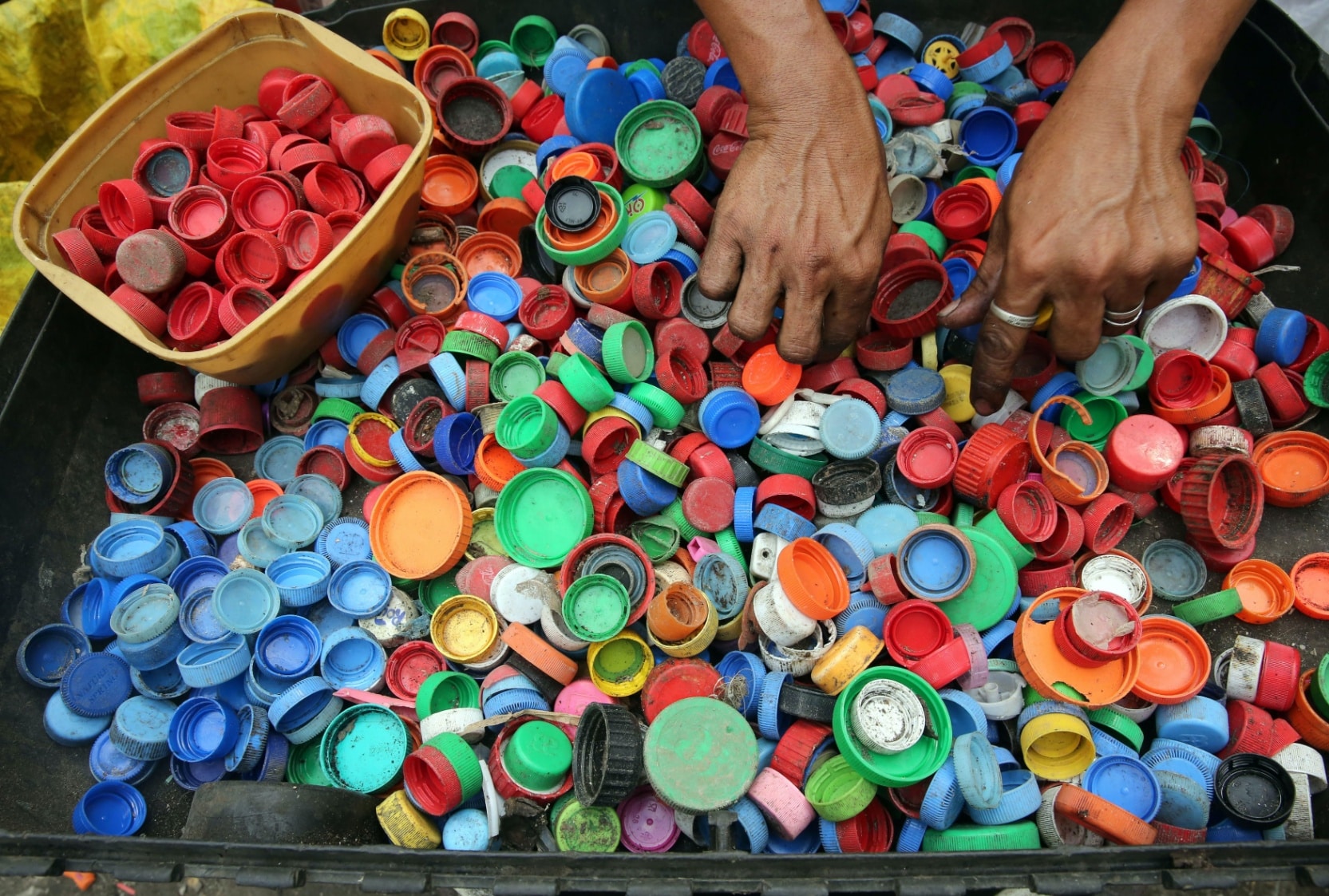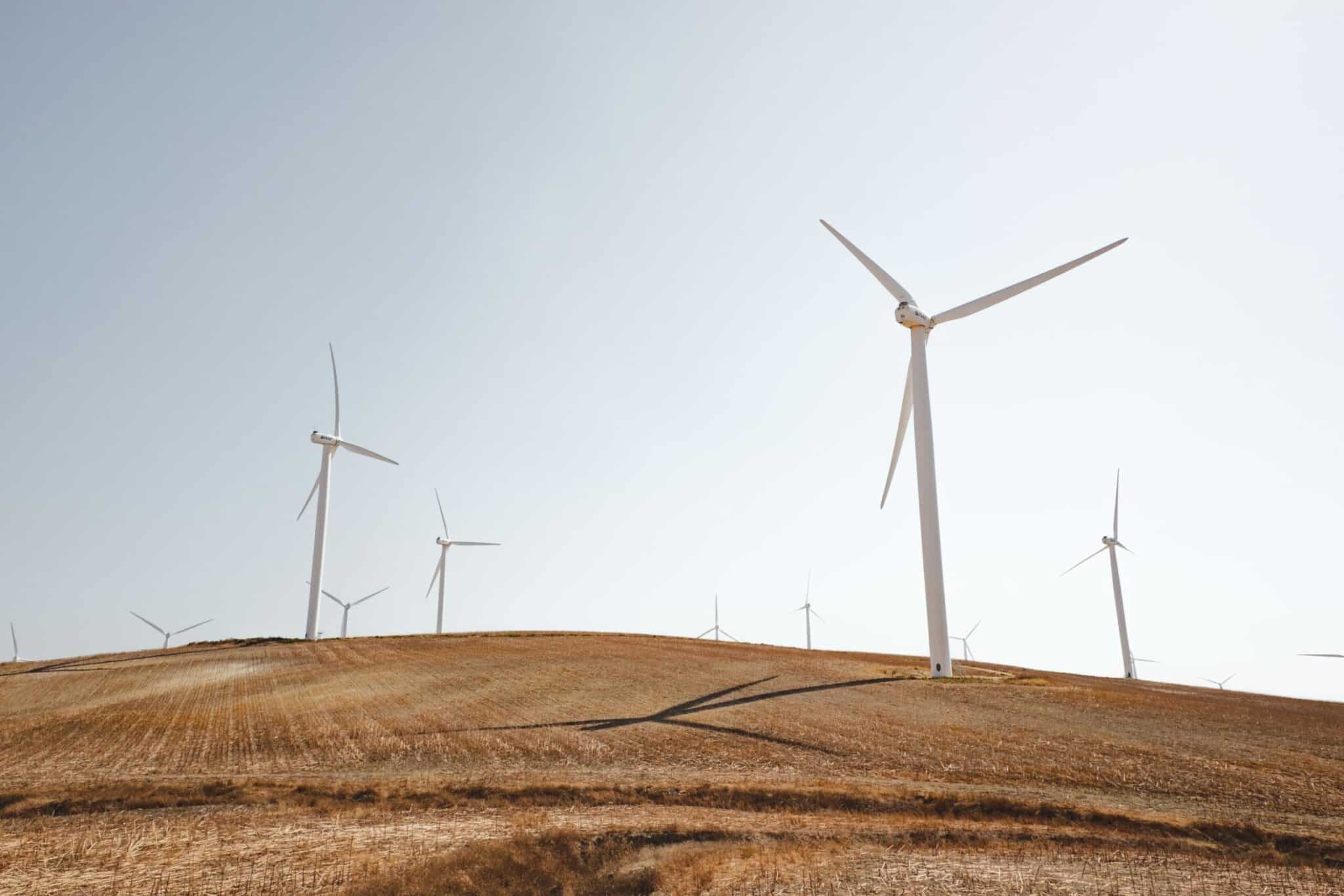About this article
The pandemic has increased our reliance on hygienic packaging and single-use items. Could this be a turning point on the road to more sustainable packaging?
COVID-19 has, unsurprisingly, put hygiene concerns at the top of the agenda in every aspect of our lives. From sports and socialising to office life, eating out and going shopping, the way we interact with our environment and each other has changed – and become dominated by the need to stay safe. What’s the impact of COVID-19 on packaging?
Packaging and hygiene
One noticeable change has been the need for more packaging, and particularly more single-use items like personal protective equipment (PPE) such as gloves and face masks. Bans on single-use plastics have been lifted in some places, and 2020 is predicted to see 30% more waste than 2019. All that extra waste is of course bad for the environment but disposable items like takeaway cups (instead of customers’ reuseable cups or a café’s own mugs), food packaging for home delivery (the only option for many food businesses during lockdowns) and, of course, single-use masks, have helped the world keep operating safely.These products are therefore not bad in themselves, not even for the environment. We just need to prevent them from becoming litter.
Food packaging and single-use items have always, more generally, played an important role in food safety. Disposable cups, for example, came into use in the early 20th century as a way to avoid germs – with the first paper cup being called the ‘Health Kup’. And food packaging plays an important role in food hygiene, keeping some foods sterile or protected from damage and germs. This prevents contamination at different points in the supply chain, and makes them safer to eat for longer.
Consumers are willing to pay more for sustainable options
A new approach
In so many areas of our lives, COVID-19 has required us to adapt. For packaging and disposable items, this means bigger quantities – but it should also mean a different approach. We might see more wrapped cutlery and wrapped straws, for example, as this is necessary for continued health and safety. But this doesn’t have to mean more waste going to landfill, more emissions, or more habitats destroyed. Today’s more sustainable options – alternatives that are compostable, recyclable, or have a smaller carbon footprint – have the potential to make bigger volumes of packaging possible while limiting harm.
Consumers are aware of the need for change, and are asking for it. A recent study across 10 countries found that when it comes to packaging, consumer concern about hygiene has increased during the pandemic, but people are also worried about food packaging and tableware’s environmental impact. They are even willing to pay more for sustainable options, and would buy additional sustainably packaged products if more of them were available and they were better labeled. Customers want safety, but they also want to protect the planet.
We have an opportunity, during this period of fast change, adaptability and quick problem solving, to change course – away from default choices, and towards more deliberate ones.

Making change happen
For food service businesses, this means building back better. Many businesses are updating their products or processes as a result of the pandemic, and choosing more sustainable alternatives can be part of the shift. This could mean switching boxes, cups and cutlery to a new material that is easily recyclable or compostable, and reviewing your supply chain to see which packaging can be reduced, reused or replaced.
It could also involve looking more closely at the waste management options available to your customers, and offering materials that can easily reach the correct end of life. For example, if your customers live in an area where recycling is readily available but industrial composting isn’t, then recyclable plastic takeaway boxes could be a more sustainable option than compostable cardboard ones.
Citizens and customers can contribute to change, among other things, by being mindful of how to dispose of packaging and single-use items correctly. That often goes wrong, for example because packaging isn’t cleaned properly or because of the misinterpretation of frequently used symbols. If wrong choices are made on a large scale, they can have a tremendous impact: for example, improperly disposing of only 1% of face masks, means that more than 10 million face end up in nature.
We are currently working hard to implement the SUP directive, with the aim of reducing the amount of litter from disposable plastic items. It would of course be a shame if, simultaneously, a lot of litter is added in the form of hygiene products such as mouth masks. To prevent this, it is important to create awareness about this risk and do our collective best to properly inform consumers about the best way to dispose of their mouth masks and other protective materials.
Customers want safety, but they also want to protect the planet
A sustainable post-pandemic future
The end of COVID-19 will not mean the end of hygiene concerns – but this need not mean a bigger environmental burden. Equally, sustainable choices do not mean compromising on hygiene. With the right information and informed decision making, packaging can be an important part of a safe and sustainable future.
If you’re looking to build back better and want to find out how, reach out to one of our sustainability experts today. We will be glad to help you find products that maximise both safety and sustainability.
